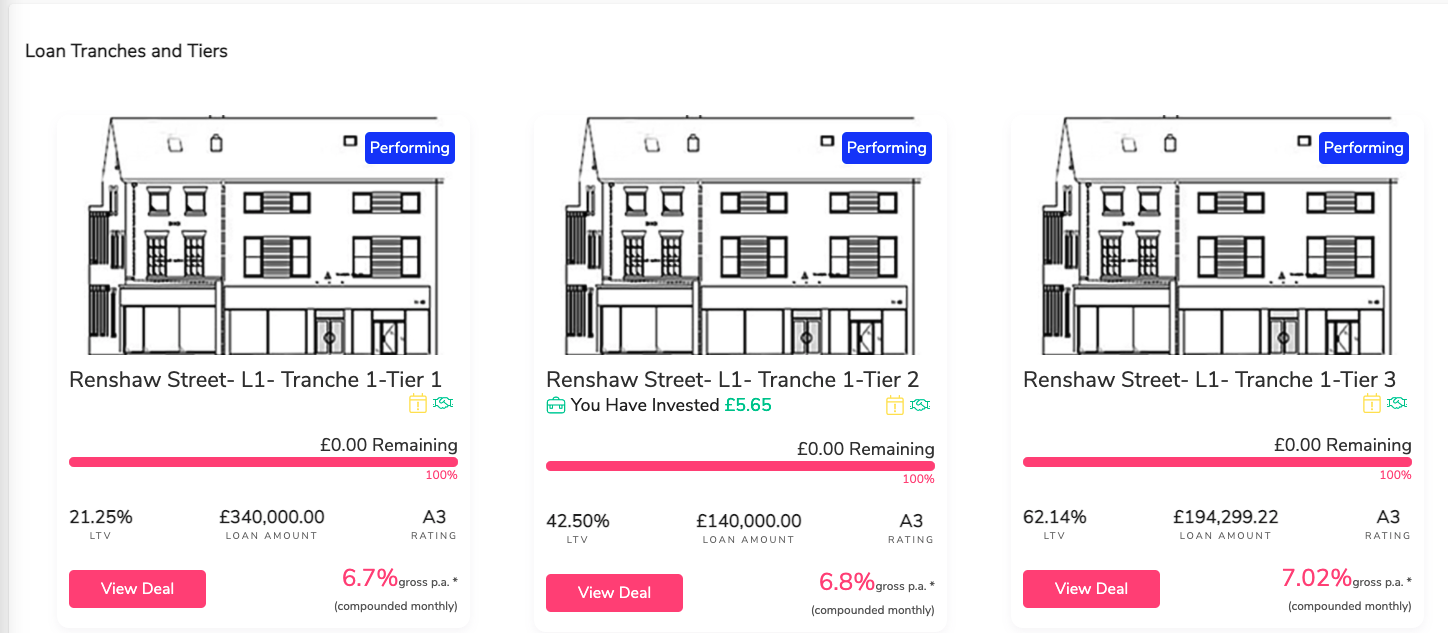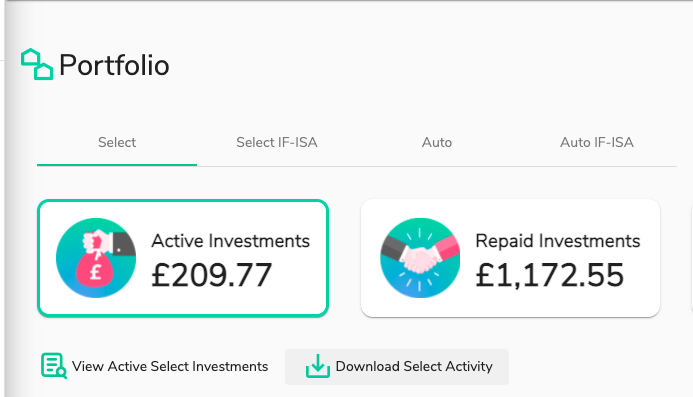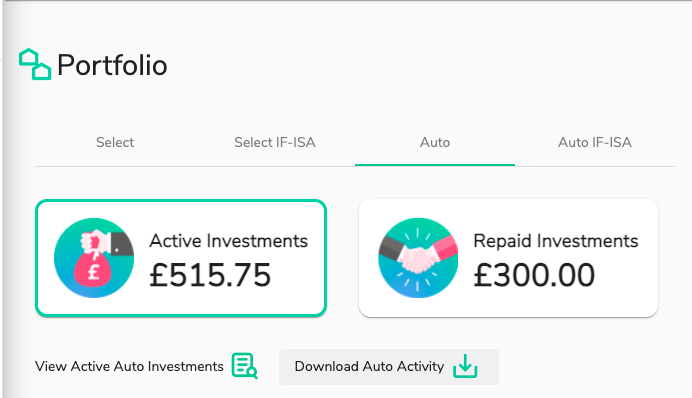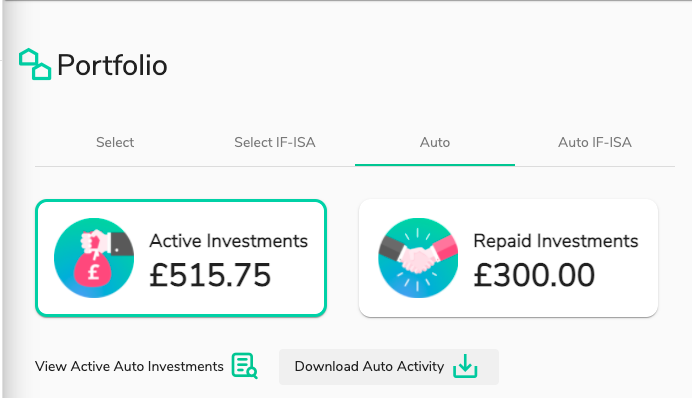Kuflink mulls new BTL product suite as demand heats up
Copy the link below if the Read More link expires.
https://www.kuflink.com/wp-content/uploads/2021/09/Screenshot-2021-09-01-at-16.31.55.png
Kuflink introduces instant bank transfers using open banking
Copy the link below if the Read More link expires.
Strong foundations
Copy the link below if the Read More link expires.
https://www.kuflink.com/wp-content/uploads/2021/08/Strong-foundations-_-Peer2Peer-Finance-News.pdf
Kuflink calls full time on partnership with Southampton FC
Copy the link below if the Read More link expires.

The 7 Phases of Development
Kuflink peer to peer lending has set up a development committee that reviews all the development projects every week. And when needed, we ask the borrowers to increase their equity in case we find that the costs are going beyond the original quote.
COVID-19 has affected almost every working sector. Therefore, it is no news that there has been an unexpected shortage of construction materials this year. Most people couldn’t have predicted the storm that has swept across the development sector. The UK government’s development goals are in jeopardy because of material shortage which has been caused mainly due to COVID-19 and Brexit.
Shortage in construction materials can also be traced back to the increased home improvement and building activities in 2020, specifically during the first lockdown across the UK. In addition, adjusting for the pandemic led to slow production of the construction materials from factories, and ever since, the supply chain has remained stretched.
Most developers have had to come up with creative methods to get around the additional customs paperwork, such as having to source more local materials. But, the fact remains the same that a lot of builders are dependent on imported materials.
Other than the domestic backlogs, there has also been a shortage of materials because of demand exceeding the labour supply. As a result, a few trades are hiking up their prices because of work overload. This condition is continuously constraining the production of specific products such as paints, adhesives and insulation, along with packaging for products, which is critical for developers.
There is also a shortage of lorry drivers reported by the Construction Leadership Council, which directly affects building sites receiving deliveries. There is a particular issue of transporters availability, and it is becoming a serious nationwide issue. This has caused extreme delays and has impacted a large number of project programmes.
How is the material shortage going to affect the UK developers and housebuilders?
If the material shortage continues to grow, it will be catastrophic for those working in construction with timber or steel frame. Both these materials are in short supply, which would lead to a rise in costs in the coming months. Developers undertaking refurbishment projects could also be affected by the increase in prices. The price of materials used for maintenance and repair work surged to 2% between March and April and rose by 11.2% between April 2020 and April 2021. In addition, building merchants are under immense pressure, which has left DIY projects in doubt, with sealants, paints and electrical parts being short in supply.
There are numerous key components for builders that are in high demand which can’t meet their volume of the order, like cement, steel, roof tiles, timber, plastics, plumbing items and plaster boards. Because of this high demand, low stock levels and long lead times, there is a surge in prices, especially with steel, paint, cement and timber.
Even with shortages, there is a way to navigate through this.
How to navigate through a material shortage in the 2nd half of the year?
· Plan in advance
Just like other construction projects, developers need to plan ahead. Planning in advance is the key, so you don’t get tangled in the mess of high prices and material shortages. There is an important point to keep in mind, especially over the summer when most people buy DIY and landscaping products, which places an additional burden on the supplies.
· Work with supply chain
You need to work closely with the supply chain. Also, you have to clearly communicate your requirements with the distributors, suppliers and builders’ merchants as early as possible.
The construction sector is growing and innovating with the use of modern construction techniques and factory building programmes. This is going to improve the production efficiency and quality. However, manufacturers will still be at the mercy of the market forces for construction material.
To sum it all up, the construction material shortage is becoming a serious and prolonged problem for UK’s developers and house builders. Therefore, as a lender, we have to be aware of the fact that the cost of development projects may change in the coming months. Also, we have to ensure that we are looking for ways to improve our lending criteria and offering to help developers with this situation.
Kuflink Property Development committee
Kuflink peer to peer lending has set up a property development committee that reviews all the development projects every week. Some of the members include our Head of Collections, Property Developers, a Builder, and a Royal Institution of Chartered Surveyor (RICS).
We also have an RICS build Appraisal calculator which uses the Building Cost Information Service (BCIS) database where we are able to use up-to-date benchmarking data to determine any adjustments needed based on current market conditions. And when needed, we ask the borrowers to increase their equity in case we find that the costs and or time are going beyond the original quote. Our committee identifies the progress of the development project using the ‘7 phases of development’ as mentioned below. See an actual example of a Development build that was funded by the Kuflink Peer to Peer platform.
* Capital is at risk and Kuflink is not protected by the FSCS. Past returns should not be used as a guide to future performance. Securing investments against UK property does not guarantee that your investments will be repaid and returns may be delayed. Tax rules apply to IF ISAs and SIPPs and may be subject to change. Kuflink does not offer any financial or tax advice in relation to the investment opportunities that it promotes. Please read our risk statement for full details.









